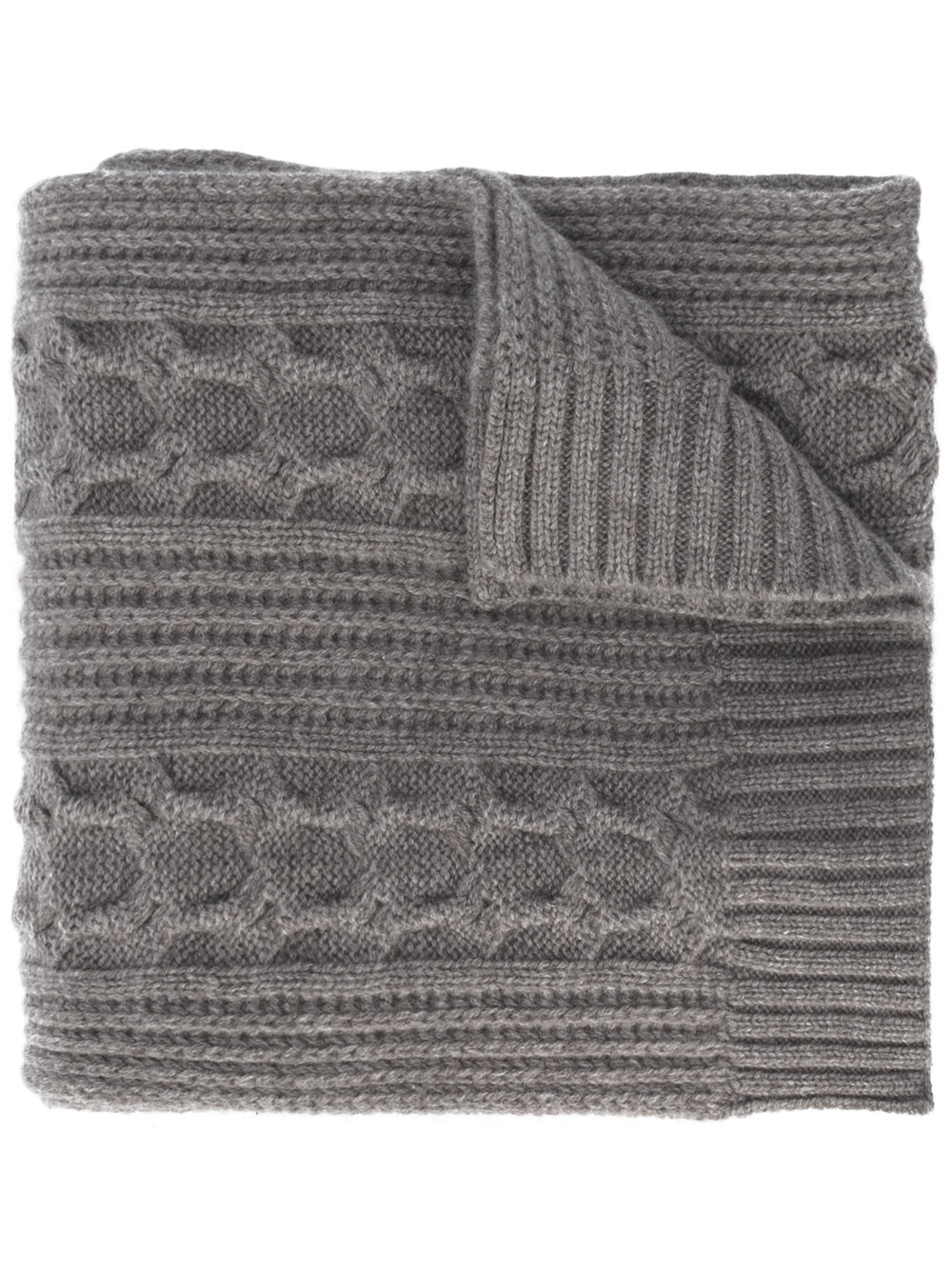Washing a Newly Knitted Scarf
With the arrival of winter, a newly knitted scarf can bring both warmth and style. However, it is essential to wash the scarf before wearing it to ensure its quality and your health. To wash a new scarf, soak it in warm water with a mild detergent for several minutes. Then, gently rub the fabric to remove any dust or debris. Finally, rinse the scarf thoroughly and lay it flat to dry. This simple process will help you enjoy your new scarf for many winters to come.
One of the most rewarding aspects of crafting is the creation of a beautiful, hand-knit scarf. But what happens after you've finished your hard work? How do you ensure that your围巾 remains both warm and aesthetically pleasing for years to come? The answer lies in proper care and cleaning. Here's a step-by-step guide on how to wash your newly knitted scarf:
1. Preparation
Examine the scarf for any loose threads or areas of concern.
Take note of the material composition; many scarves are made from wool, acrylic, cotton, or a blend of these.

Each material has specific cleaning requirements, so it's essential to know your scarf's composition before washing.
2. The Wash
Wool Scarves: Wool is a natural, breathable material that can be washed by hand in cool water with a mild, pH-balanced detergent. Avoid using hot water, as it can shrink the wool.
Acrylic Scarves: Acrylic is a synthetic material that can be machine-washed on a delicate cycle with a gentle detergent. Use warm water and make sure to follow the care label instructions.
Cotton Scarves: Cotton is a natural fiber that can also be machine-washed on a delicate cycle. Use cool or warm water and a mild detergent, avoiding hot water to prevent shrinking.
3. Rinsing and Spinning
After washing, rinse your scarf thoroughly under cool water, ensuring all soap residue is removed.
Gently squeeze out excess water, being careful not to stretch or deform the scarf.
If you wish to remove even more water, use a spin cycle at a low speed. This will help reduce the time it takes for the scarf to dry.
4. Drying

Lay the scarf flat to dry, avoiding direct sunlight, which can cause fading.
If you want to use a dryer, set it on a low heat setting and gently shake the scarf before putting it in to prevent clumping.
Once the scarf is mostly dry, you can use a steamer to remove any remaining wrinkles.
5. Storage
When storing your scarf, make sure it's completely dry to prevent mold or mildew growth.
Fold it neatly and store it in a cool, dry place, away from direct sunlight.
Avoid compressing it in a small space for extended periods, as this can cause the material to lose its shape and texture.
By following these simple steps, you can ensure that your newly knitted scarf remains beautiful and functional for years to come. Taking good care of your crafts is essential in maintaining their beauty and functionality, so make sure to always follow the care instructions specific to your scarf's material composition.
Articles related to the knowledge points of this article:
Title: The Symbolism and Significance of a Black Suit with a Red Tie
Title: Exploring the Optimal Length of a Tie: A Comprehensive Guide
Title: How to Tie a Tie Perfectly: A Comprehensive Guide
Title: Understanding the Price of Real Silk Ties
Title: How to Clean Silk Scarfs: A Comprehensive Guide
Embellishing Elegance: The Timeless Allure of the Silk Scarf Bag



